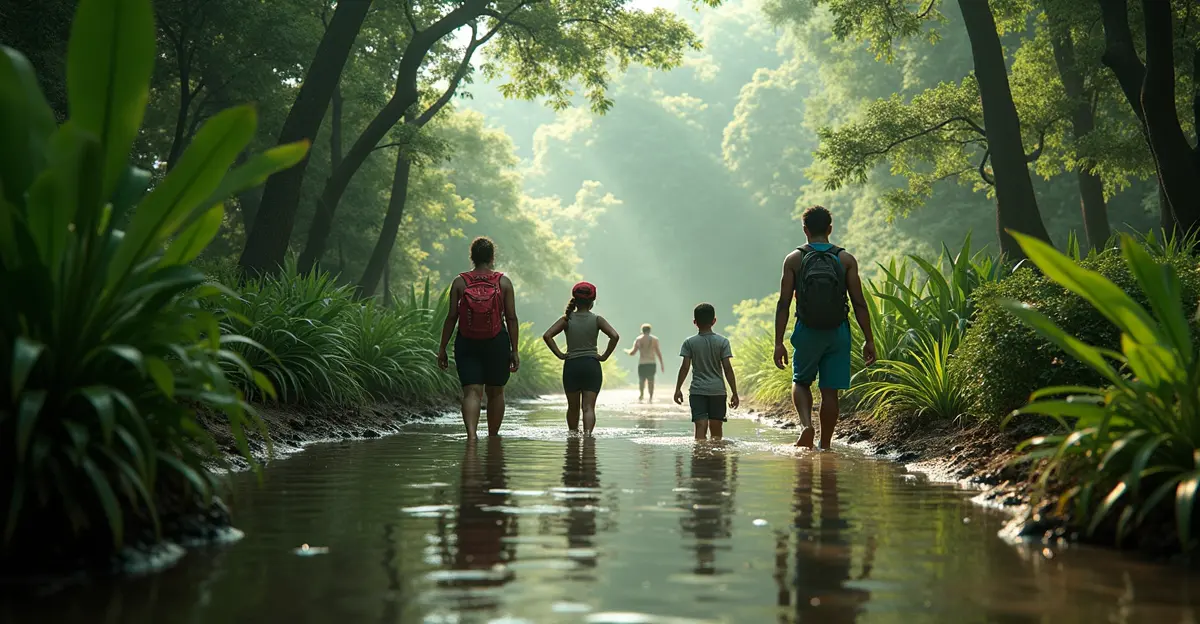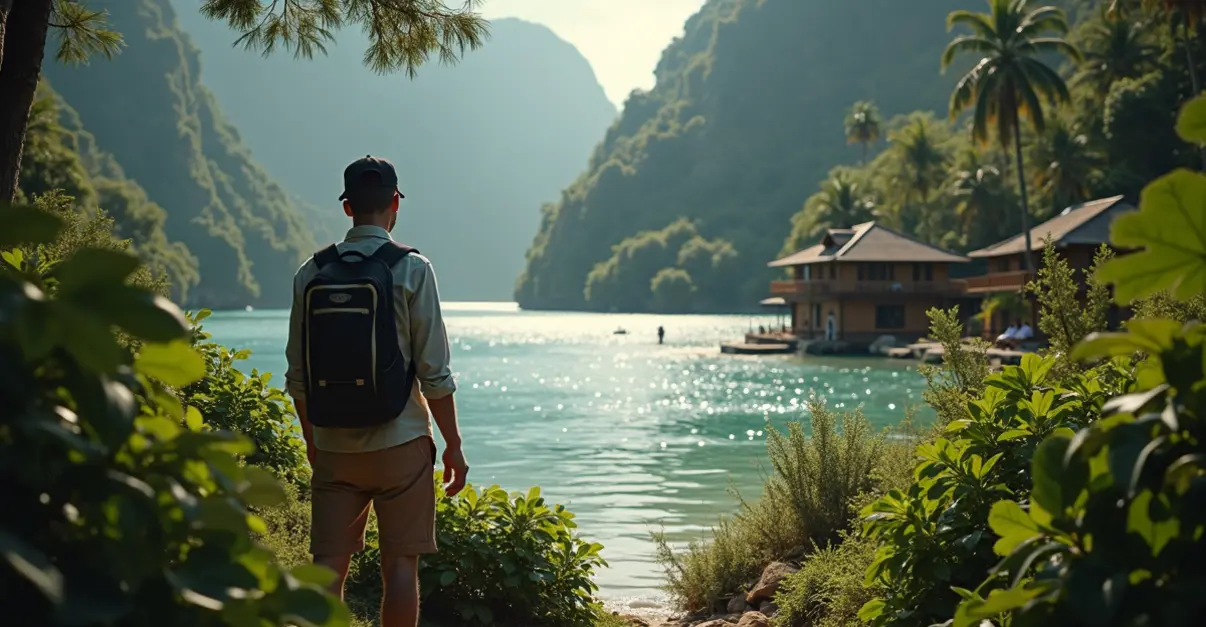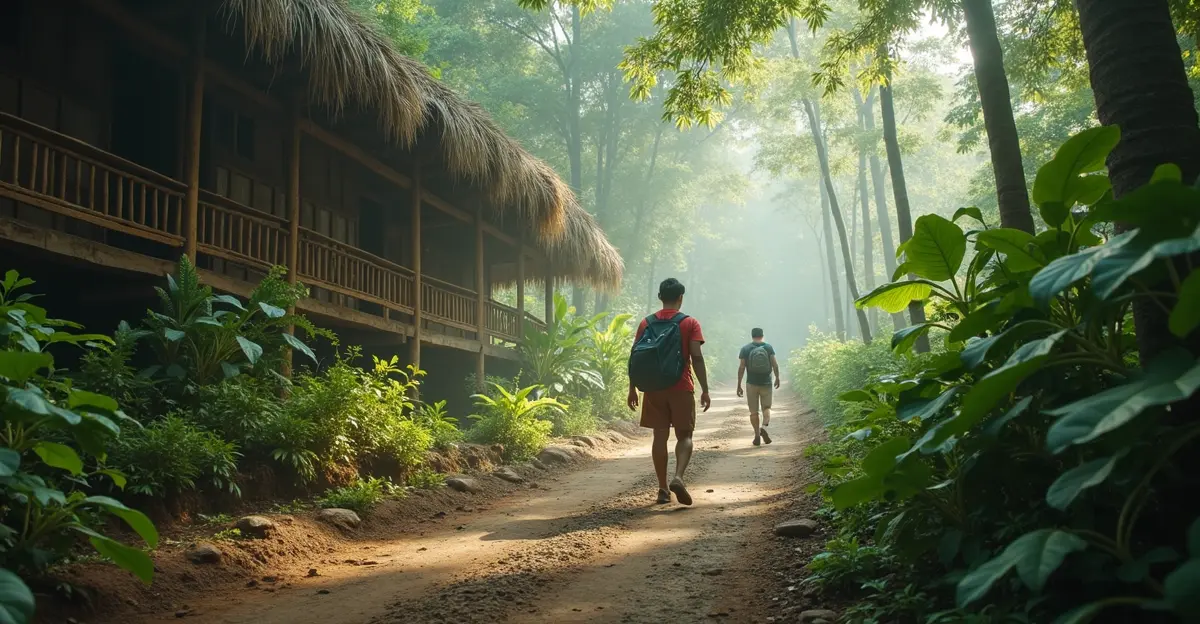Eco-tourism in the Amazon in 2025 balances conservation with sustainable travel, using advanced practices like AI and community-led initiatives to protect biodiversity while supporting local economies.

Eco-Tourism in the Amazon: A Delicate Balance
In 2025, eco-tourism in the Amazon rainforest is at a pivotal juncture, striving to harmonize conservation with sustainable travel in one of the world's most biodiverse regions. With over 40,000 plant species and 3,000 freshwater fish species, the Amazon offers unparalleled natural wonders, but this fragile ecosystem faces threats from deforestation and climate change. Eco-tourism has emerged as a promising solution, providing economic incentives for preservation while allowing visitors to experience its majesty responsibly.
Evolution of Sustainable Practices
Recent years have seen significant advancements in eco-tourism practices. According to a 2025 guide, modern initiatives include eco-certification programs, carbon-neutral travel options, and the use of AI technology for wildlife tracking and species identification. These innovations minimize environmental impact while enhancing the visitor experience. For instance, sustainable river cruises and jungle lodges, such as the Uiara Amazon Resort, now incorporate renewable energy and waste reduction measures. 'We've seen a shift towards more mindful tourism,' says Maria Silva, a conservation expert. 'Travelers in 2025 are increasingly aware of their footprint and seek out experiences that support local communities and ecosystems.'
Benefits for Local Communities
Eco-tourism is not just about protecting nature; it's also about empowering people. Indigenous communities, who have long been stewards of the Amazon, are now leading tourism initiatives that preserve their cultural heritage. A World Wildlife Fund report highlights how these projects generate income through guided tours, artisan markets, and community-run lodges, keeping profits within the region. This economic boost helps reduce reliance on destructive activities like illegal logging. 'Tourism has given us a voice and a sustainable livelihood,' shares Chief Aruã of a local tribe. 'We share our knowledge with visitors, fostering mutual respect and conservation awareness.'
Challenges and Risks
Despite the benefits, eco-tourism carries risks. Increased human presence can disturb wildlife, introduce pathogens, and strain local resources. As noted in sustainable business analyses, overcrowding and inadequate infrastructure may lead to environmental degradation. Climate change exacerbates these issues, with shifting rainfall patterns affecting travel seasons. The rainy season (December to May) offers lush landscapes but limited access, while the dry season (June to November) is better for hiking but sees higher tourist numbers. Balancing visitor numbers with conservation needs is crucial to avoid turning eco-tourism into a threat.
Future Outlook and Recommendations
Looking ahead, the future of Amazon eco-tourism depends on continued innovation and collaboration. Governments, NGOs, and local communities must work together to enforce regulations, promote education, and invest in green infrastructure. Travelers can contribute by choosing certified eco-tours, respecting guidelines, and participating in citizen science projects. As eco-tourism evolves, it holds the potential to be a powerful tool for conservation, ensuring that the Amazon's wonders endure for generations. 'Every responsible visit helps protect this vital ecosystem,' emphasizes environmentalist Carlos Mendez. 'It's about leaving no trace but a positive impact.'

 Nederlands
Nederlands
 English
English
 Deutsch
Deutsch
 Français
Français
 Español
Español
 Português
Português









